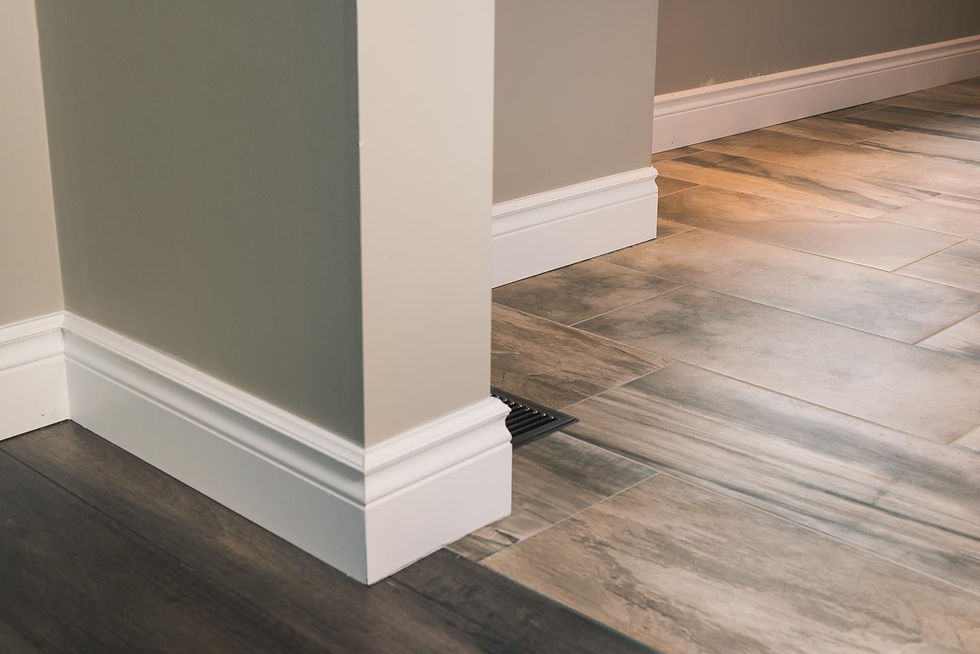DIY Flooring 101: Materials
- account1891

- Mar 12, 2021
- 2 min read
One of the tricky parts of getting started with your DIY flooring project is knowing which materials you need for the type of flooring you've decided on. Here's a comprehensive list of items you'll possibly need. Article on the tools you'll need coming soon!
Overview of common materials:
Flooring (Of course)- this is self explanatory, but just to make sure the list is comprehensive!

Underlayment- this is the material that goes under your flooring, providing cushion and a flat surface for the flooring to rest on. There are many types of underlayment, such as rubber, cork, or foam underlayment. Most manufactures have a recommended underlayment specific to your flooring.

Adhesive - This is the glue that holds everything together (literally). There are many types and brands of bond to choose from, but the manufacture's recommendation is best here as well.

Moldings (if needed)- Moldings are the little trims that cover where the flooring ends and the walls begin. This will clean the edges up and make your job look more professional. Often times, you can reuse the molding that was previously on the walls. You'll want to also keep in mind to purchase shade specific moldings like reducers, T-moldings, quarter rounds, and stair nosing (More on these materials in a later article).

The materials you'll need depend heavily on the flooring you select, as well as what your current floor's state is. If you have luxury vinyl plank, chances are, there's already an underlayment attached to each plank. On the other hand, if you have peel-and-stick vinyl and a floor with underlayment already underneath, you can install the vinyl directly on top without an additional underlayment. If you have any questions on which materials to purchase, consult the manufacturer's website or visit our showroom! Best of luck!


Comments